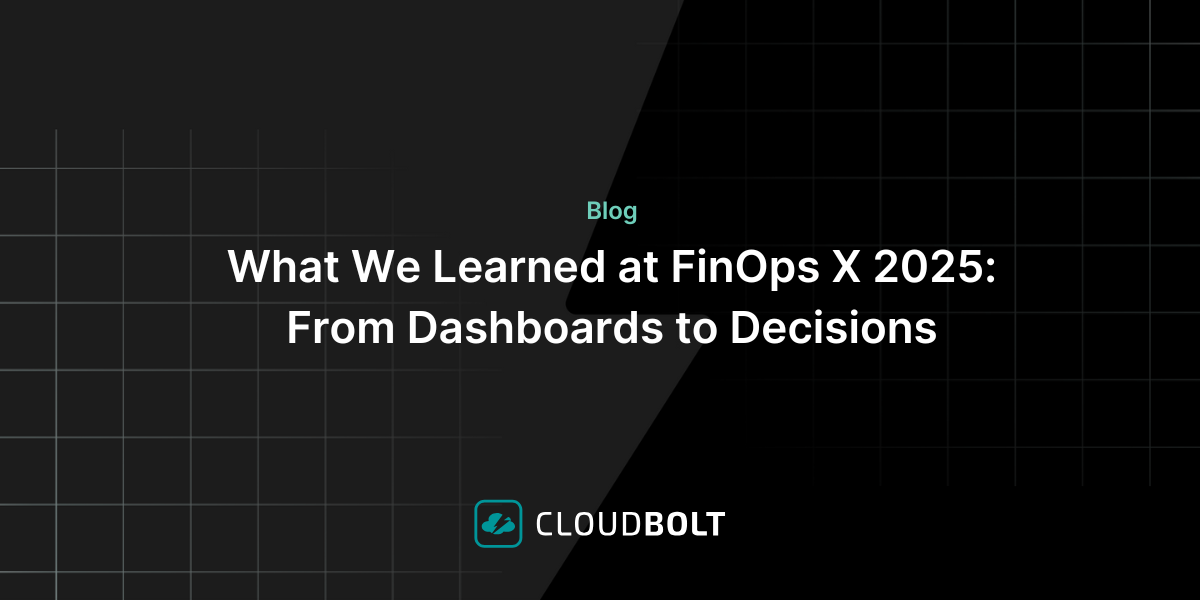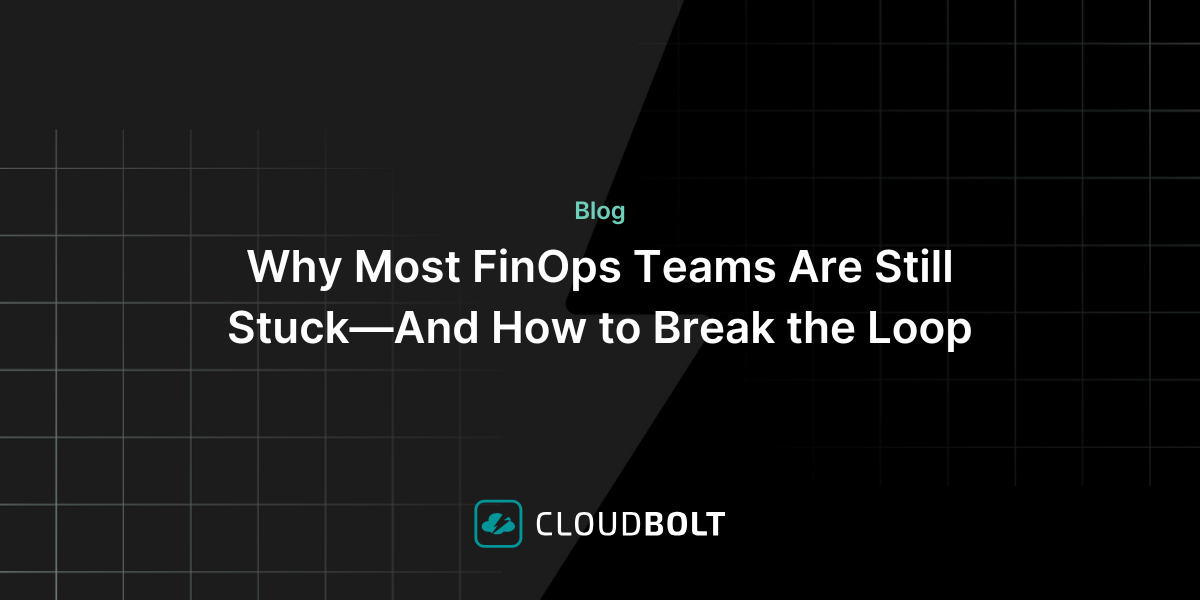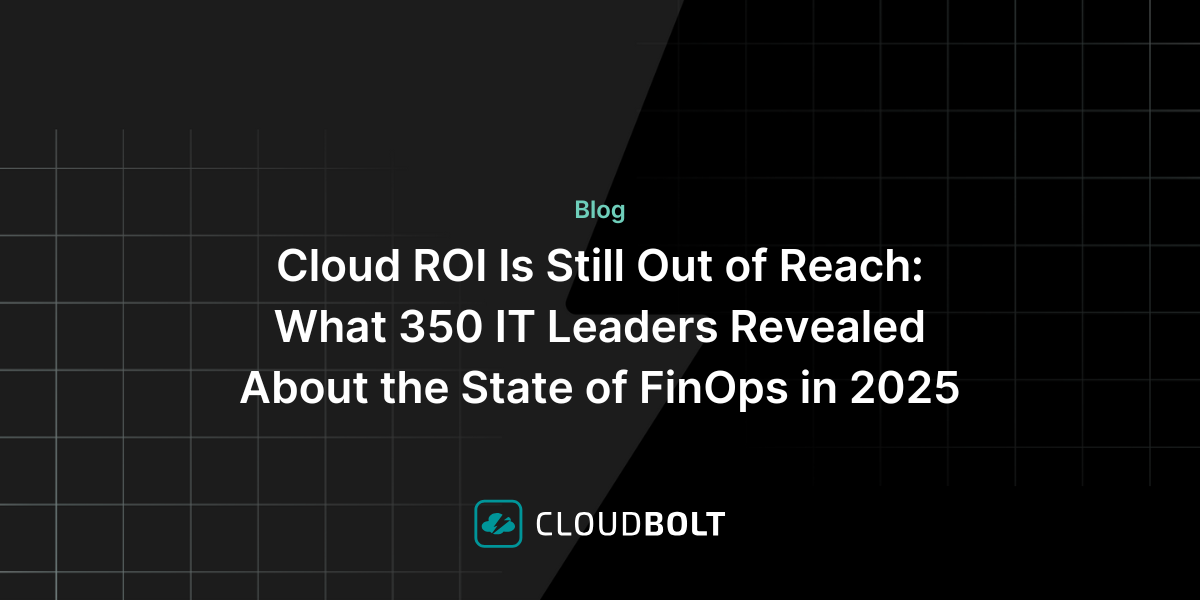The Hidden Cost of Cloud Sprawl
The hidden cost of cloud sprawl is similar to unaccounted costs associated with tasks in our everyday lives, like shopping for food and household items. In many cases, our shopping habits are inefficient, but we don’t take the time to analyze it thorough enough to take action.
We typically grocery shop at a variety of places. We have a convenience store around the corner usually at a higher price (managed services). We have choices from competing tiers of grocery store chains (public clouds) and an outlet-type store that requires bagging our own groceries (open source). The choice and variety are great for us as individuals and family shoppers. We can usually find what we need without relying on any one particular store (lock-in). Making a special trip to get something is not a hassle.
Total Cost of Ownership and Economies of Scale
Consider, however, that when buying groceries for significantly more people per household—or more consumers of IT—a little more planning goes a long way in terms of savings. If you would tally the per-person grocery bill when shopping for yourself or in a couple, you would most likely have a larger bill per person than shopping for five or six in a family. Include the cost for the time spent planning, coming and going, shopping in the store, and making decisions about what to buy. This is the overhead expense for shopping. No one typically thinks of themselves as an hourly employee when doing these domestic tasks, but the time adds up.
When we factor in the price for transportation, along with the time spent doing all of the associated tasks, we have a pretty compelling case for why it costs a lot more per person with fewer people to shop for in a household. It’s the same for IT. If you have people in your organization individually or even in small teams all going out to shop for IT resources from public and private cloud offerings, the overhead expense is factored in and you end up with cloud sprawl and hidden costs.
Essentially, when you add more people to the list you’re shopping for, trips could be planned in advance, less frequent, and the result will be that the added expense will be less per person. There’s a term—“Economies of Scale”—in business to describe this phenomenon. We can also add the term “Total Cost of Ownership” or (TCO) for this shopping scenario from end to end. It includes the planning and time spent going to and from a store.
Squelch Hidden Costs for Cloud Sprawl
What can you do to squelch the hidden cost of cloud sprawl? Adopt a centralized platform as a gateway to all your cloud resources to help mitigate the individual, duplicated effort. No one as an IT consumer will have to “shop around” and you could set up bulk ordering for any sets of resources common across several users and teams.
Taking it one step further, when enterprises grow and onboard franchises, satellite offices, or, in the case of banks, branch offices, they need a set of IT resources that are typically standardized. Theses are roughly the same for each store in a chain or whatever organizational entity exists at the front lines. You can see this in action when you go to the venues and see that the menus serving two chain restaurants are almost identical to each other no matter where you go. The digital services that run behind the scenes will likely be identical too.
Modern enterprises plan for the economies of scale associated with building out the IT infrastructure required to run these businesses. Instead of having each branch or store set up their own IT resources by business unit or create each one as a custom order, they configure them as “blueprints” where the resources are the same and they just need to spin them up with locally relevant configuration settings. The blueprint could grab the resources from the various “stores”, or public and private cloud resources available, and the “shopper” just needs to click Submit. The resources are then provisioned accordingly. A lot of time is saved by not having each new branch or store get these resources independently each time they want to add a new one to their portfolio.
Finally, once the blueprinted IT resources are in place, they can be updated regularly all at the same time if necessary. If a critical security issue is uncovered in a particular IT resource running in that environment, a patch could proactively be administered to the whole set to avoid any further problems.
CloudBolt provides exactly the type of platform that can help you achieve these economies of scale. You have one place to manage all the resources that IT consumers need as “shoppers.” You can do all of the upfront planning and significantly lower the TCO for each consumer-owner of IT resources.
For more information about advancing a cloud control strategy that not only helps mitigate hidden costs but also tackles security and user access, see Advancing a Cloud Control Strategy.
To see how CloudBolt can help you manage the hidden cost of sprawl request a demo today!
Related Blogs

What We Learned at FinOps X 2025: From Dashboards to Decisions
At FinOps X 2025, one message echoed across sessions and conversations: FinOps is growing up. The scope is expanding. The…

